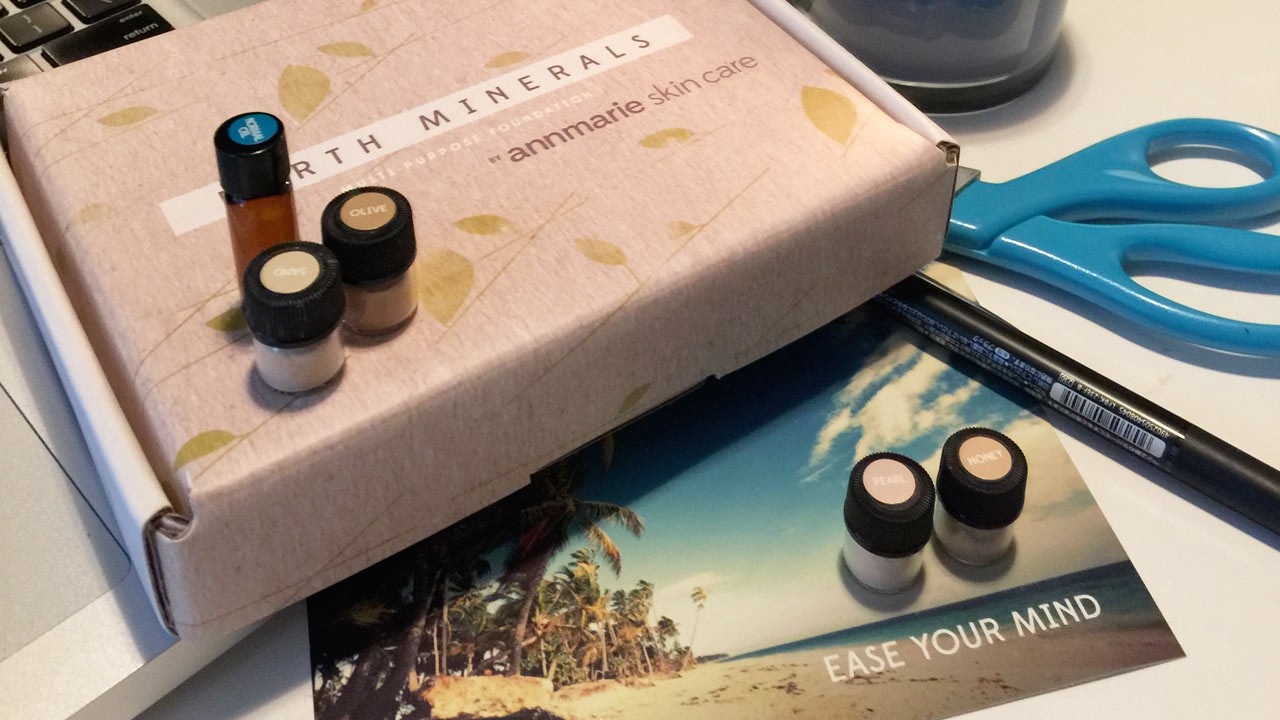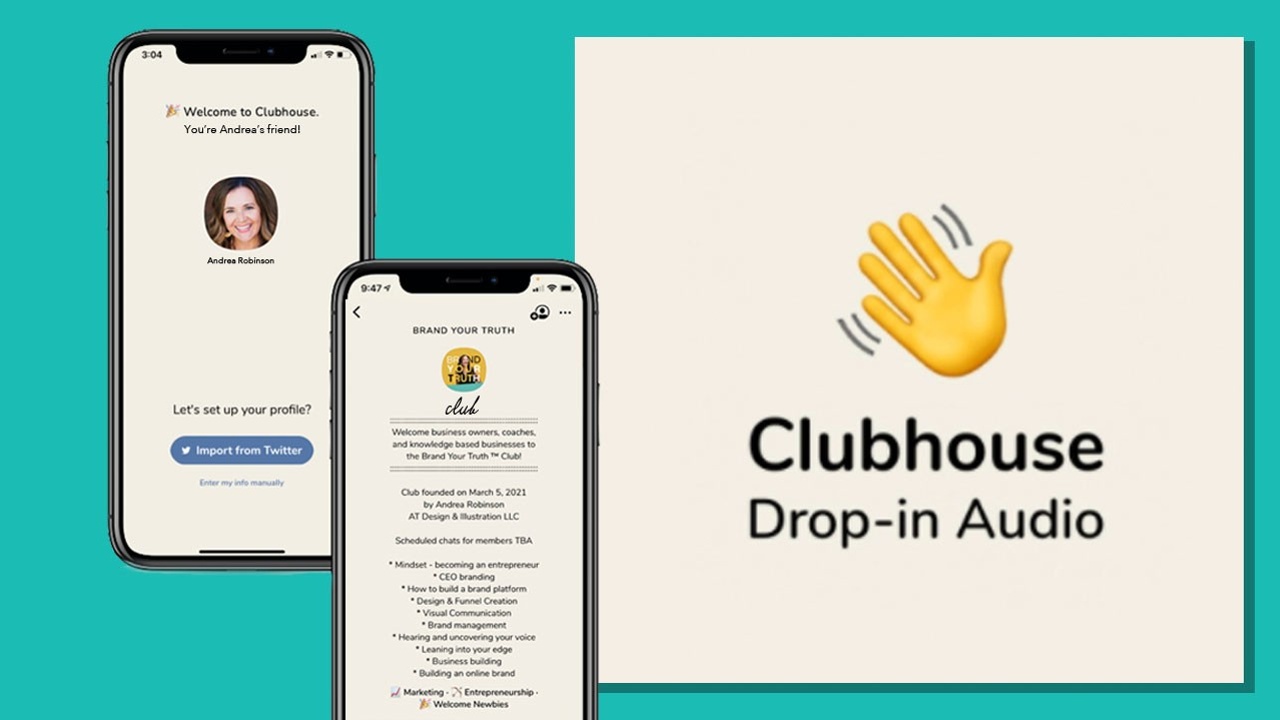Ditch Building A Standard Website for Your Business

Do you know how to tell the difference in the different styles of websites?
Here is what you need to do first. Stop thinking that building the old style of website is what works now to generate more leads and sales of your products is what works. I mean in every business.
Your business isn't viewed as unique or special unless you are specific, clear, and concise enough with your brand communications. Be extra diligent in becoming customer-focused, so much so that your customers immediately understand what is in it for them.
You only have like 3-7 seconds to hook clients and pique their interest before they bounce off your website or social channels. They want to make a quick yes or no answer in their mind. This quick decision-making helps your bottom line.
Stop trying to overstuff all the things into your website when you are relaunching your business brand. Build with purpose. All four of these styles serve a different purpose.
The 4 Styles of Website Designs
1. The Brochure Website Design
This is the most popular style of website online but also the least profitable. I will explain why later.
You are most familiar with this website style because pretty much the descriptor tells a lot about the strategy behind this style of design. Designers quite literally moved all of the printed marketing collateral from a business. They directly referenced all of a company's brochure information and communication into a "brochure" style of website design.
Think of it as the kitchen sink website design. You know your team, your sales team, your marketing person wants to put everything on it. This strategy is confusing for customers.
It's probably what you are doing now if you are reading this post. The reason this worked for that period in time was that the internet didn't have the large amounts of information accessible as it does today. It was good enough.
This style no longer works! Let me repeat, this kind of site only works if your audience knows who you are and the problem you solve. If you own a big brand, you won't be reading this, but if you are on the rise to "getting known" you might think to yourself, BUT Andrea, lots of big brands have websites similar to this.
It might appear to be the same strategy to you -- it is not. It's likely that the brand has different advertising campaigns, funnels, audience, or other things that you are not doing yet. They are most likely in a different stage of business than your brand is at right now. People often make the mistake that one can see all the strategy underneath, but the reality is you are truly only experiencing the top.
2. The "Capture" Website Design
You probably don't recognize this term, but you might have heard it also called by these phrases such as a lead page, landing page, squeeze page, or email opt-in page.
If you have ever heard of this style or thought about it for your brand? I remember engaging AT Design & Illustration clients with questions and say things like, "...have you ever thought to embrace new ways of doing business online?"
They would almost always have a perplexed look on their face. I would listen to their thoughts about it, their excuses of why it wouldn't work for their business, and listen to the general resistance to changing the way they "do business."
Once you realize how effective and freeing the new strategies are for your business, you will never go back to a brochure website. The new methods are not the old build it and see what happens approach of the past.
The capture website doesn't lie. It either works, or it doesn't. When it doesn't work, the next step is to revise the creative until it does work.

The "capture" style website works best when you embrace a different mindset. Here is the approach, build it fast, track what happens, watch in real-time stats, and pivot quickly.
It's built quickly with the expectation that the first version will not be the BEST version. You can pinpoint where to make changes until it's bringing in leads that buy your solutions.
Your Website is a Sales Tool
...not a pure brand awareness tool.
Studies show that using this method increases the number of leads and sales by over 50%. It increases when you are bringing in the right people to your business.
Here are a few examples of what you offer on these pages working right now to bring the right people into your business.
- How-to guides (e-book)
- How to use your product (video class)
- How your product works (case studies)
- Free trials (service-based)
- Discount trials or coupons (product business)
- Free lesson (taste of your coaching style)
The strategy works in ANY type or industry of business or offer.
3. The Microsite Website Design
I added this in here because this style of website is for the fence-sitters. It's the happy medium for my overachievers and perfectionists. If you struggle with niching down or are afraid to leave something out or someone out, this might be the best style.
I am not saying this to be harsh. Since I'm an avid student of human behavior, I understand why small business owners, coaches, and knowledge-based business owners get stuck in the transition from the "kitchen sink" website style to a minimalistic "capture" (customer-focused) lead website.
Test it, the proof is in the profits.
4. The Sales Website
In the 1900s, businesses focused on direct response methods to get people to buy. Websites have evolved traditional sales letters into a direct sales page (web page) and a video sales page (web page).
These two types of website pages are "websites" that bring in cash like crazy. If you have picked a market and niche that is profitable and you have crafted your message in a way that people understand the offer and how it helps them...then you will bring in sales quickly when you send the right people to the page. It works so well it scares people.
One caveat, you must have a product or service that works. These types of web pages won't fix a lousy product. They will highlight business problems with zero to do with branding your business and everything to do with your product design or the promise you are NOT delivering on to customers. They will let you know.
Here are a few website objectives that you can work on:
- Tell Your Story
- Explain Products Offers Services
- Organizing Information
- Provide A Function
- Relate to Customers
- Improve SEO
In general, though, the number one mistake amateurs make is making a website about them and NOT about what's in it for the customer. What problem do you or your product solve for them? Now you are speaking their language!
If You Must Have A Brochure Website Do This
Make sure your brochure website is pointing to all your "sales sites." Make the customer the hero of the website and their business. Focus less on your ego of being seen and heard and more on how you help them solve the problem.
Why write an article about websites when I don't develop websites? To help you understand the mistakes you are missing while building an online brand. You must stop believing if I make it, they will come. Customers don't go because they see it or read about it. They come to you because they think that you are the solution for them.



